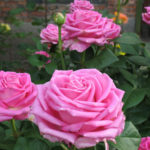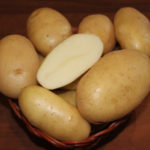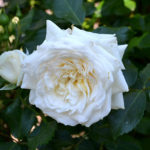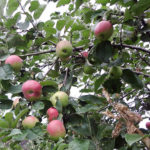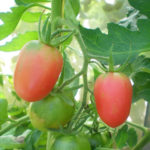Hydrangea paniculata Levana
Breeders are tireless: they bring out more and more varieties of decorative flowering plants. For example, quite recently such a variety of panicle hydrangea, like Levana, appeared. She has already managed to fall in love with many summer residents and suburban residents, because she looks elegant and is able to bring a sense of holiday into the atmosphere of the garden.
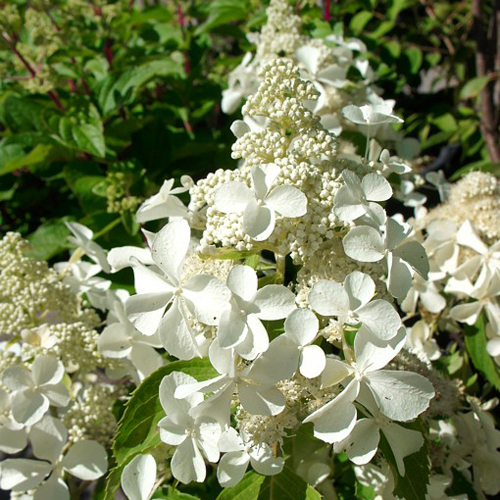
Description and features of the variety
Levana is a fast growing crop. Its height ranges from 2 to 2.5 meters, sometimes reaching 300 cm. The powerful shrub has a wide-spreading crown formed by strong stems covered with dense and bright dark green foliage. Shoots are stable, keep their shape and do not bend either under the weight of lush inflorescences, or under snow caps after heavy snowfall. The bush does not fall apart under the influence of the winds. These features make it superfluous to tie the hydrangea and establish a support next to it. Levana's leaves are large, with pointed tips. They take on a purple hue with the onset of autumn.
In June, the culture acquires cone-shaped inflorescences up to half a meter long. Each of them consists of large sterile snow-white flowers. True, over time, the shade of the inflorescences changes to cream or pink. In shape, the flowers resemble butterflies spread their wings. The diameter of one flower varies from 5 to 7 cm. The flowering of the culture is abundant and lasts from early summer to September inclusive. The flower panicles spread a strong honey scent around it, which adds to the charm of the variety. Due to this feature, blooming hydrangea is very attractive to insects, especially bees.
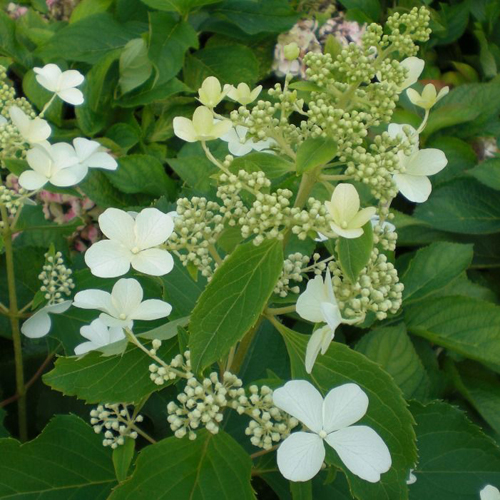
Levana can withstand frosts down to -35 ° C. Despite this, it can freeze slightly in especially harsh winters, and therefore requires shelter before the onset of cold weather. The flower's resistance to bacterial and fungal diseases is average. There is a risk of chlorosis in the culture.
Growing conditions and care
The shrub will thrive when placed in a well-lit area. Allow the plant to be exposed to sunlight for six hours every day. But hydrangea should be protected from direct light, especially at noon.
Levana does not make high demands on soils. The main thing is that the soil under the flower has a high degree of fertility and is breathable. However, the shrub still gives preference to loamy soils with an acidic and slightly acidic reaction, which include a little lime. Such soil is not found everywhere, and therefore its acidity can be increased artificially - by adding peat, needles or an aqueous solution of lemon juice to the soil. Alkaline soil Levane is contraindicated.

The plant needs regular watering, especially in the summer period, devoid of rain, because it does not tolerate drought. The soil should be moistened once a week. Up to 15 liters of water are poured under one bush. After watering, loosening and mulching are necessary. Starting from the second half of May, once every 2 weeks, hydrangea is fed, alternating the introduction of organic matter and a mineral complex into the soil under the flower. At the end of October, it is necessary to spud the bush.
To give the crown splendor and obtain abundant flowering, the plant is subjected to spring pruning, during which the stems are shortened by 2/3. In addition, frozen, weak shoots, dry inflorescences are removed.
Use cases
The Levan variety is often called the “snow-white queen of the garden”. In landscape design, it is used to form hedges, including uncut hedges; garden compositions from other woody perennials, herbaceous and coniferous plants.Levana fits perfectly into the setting of a school garden, a front garden near the entrance of an apartment building, a city park, and a playground. Hydrangea is incomparable in single plantings, especially against the background of a lawn, and in mixborders. It is recommended to plant it in the foreground of the site, and also to use it to divide the garden into zones.
